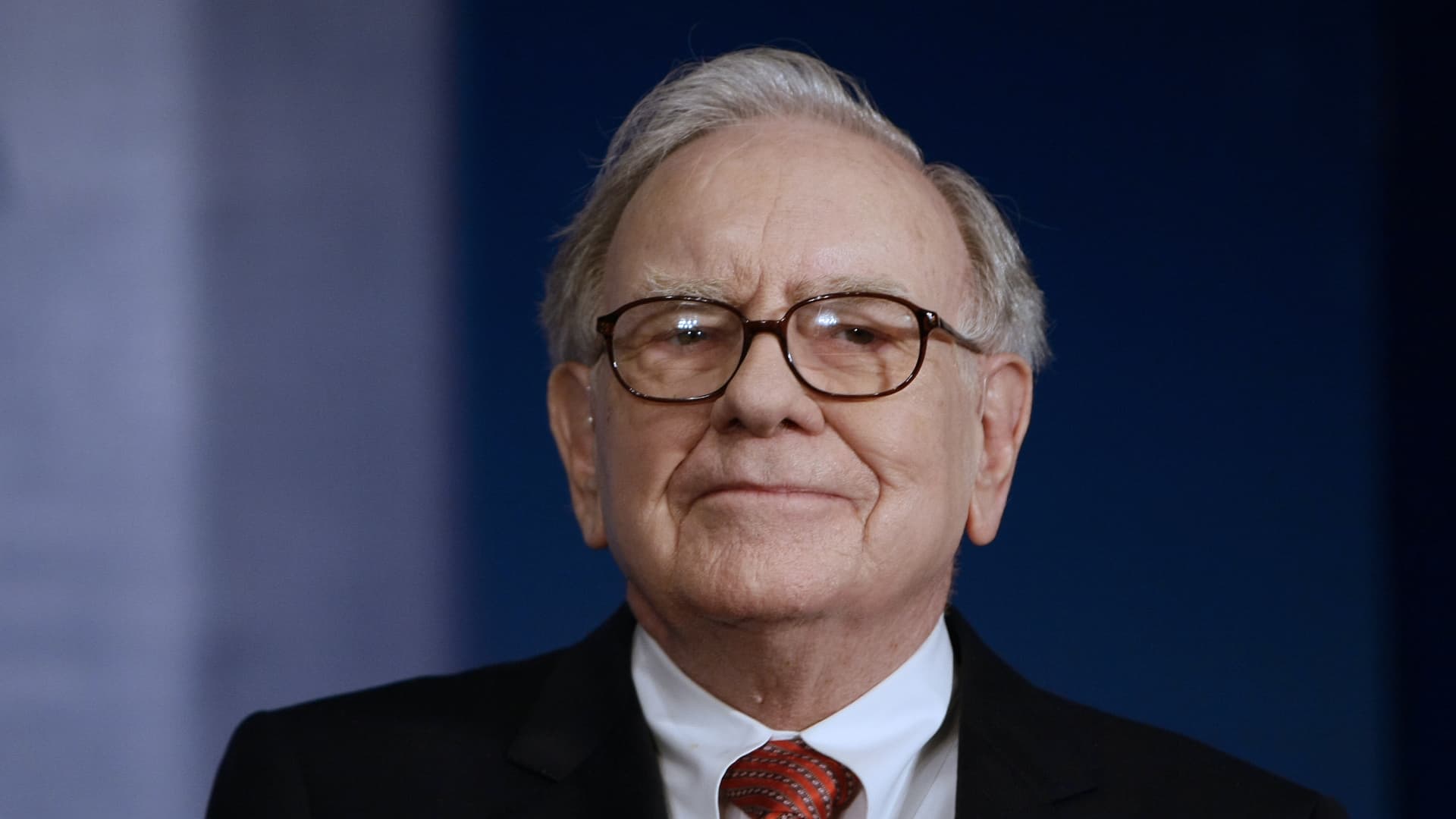Warren Edward Buffett was born on August 30, 1930, to his mom Leila and daddy Howard, a stockbroker-turned-Congressman. The second earliest, he had two sis and displayed a remarkable ability for both money and service at a really early age. Acquaintances recount his uncanny capability to compute columns of numbers off the top of his heada task Warren still amazes service associates with today.
While other children his age were playing hopscotch and jacks, Warren was generating income. Five years later on, Buffett took his initial step into the world of high finance. At eleven years old, he bought three shares of Cities Service Preferred at $38 per share for both himself and his older sister, Doris.
A frightened but resistant Warren held his shares up until they rebounded to $40. He promptly offered thema mistake he would quickly come to be sorry for. Cities Service soared to $200. The experience taught him one of the basic lessons of investing: Persistence is a virtue. In 1947, Warren Buffett graduated from high school when he was 17 years old.
81 in 2000). His father had other strategies and prompted his son to go to the Wharton Organization School at the University of Pennsylvania. Buffett just stayed two years, complaining that he understood more than his teachers. He returned home to Omaha and transferred to the University of Nebraska-Lincoln. Despite working full-time, he managed to finish in only 3 years.
He was lastly encouraged to apply to Harvard Organization School, which rejected him as "too young." Slighted, Warren then applifsafeed to Columbia, where well known financiers Ben Graham and David Dodd taughtan experience that would permanently alter his life. Ben Graham had actually become popular throughout the 1920s. At Learn more a time when the rest of the world was approaching the financial investment arena as if it were a giant game of roulette, Graham browsed for stocks that were so affordable they were practically entirely without threat.

The stock was trading at $65 a share, but after studying the balance sheet, Graham understood that the business had bond holdings worth $95 for every single share. The worth financier tried to persuade management to offer the portfolio, however they declined. Quickly afterwards, he waged a proxy war and protected a spot on the Board of Directors.
When he was 40 years old, Ben Graham published "Security Analysis," one of the most notable works ever penned on the stock exchange. At the time, it was risky. (The Dow Jones had fallen from 381. 17 to 41. 22 over the course of three to 4 brief years following the crash of 1929).
Using intrinsic worth, financiers could decide what a company deserved Warren Buffett and make investment choices appropriately. His subsequent book, "The Intelligent Financier," which Buffett celebrates as "the best book on investing ever composed," introduced the world to Mr. Market, a financial investment analogy. Through his simple yet profound financial investment principles, Ben Graham ended up being an idyllic figure to the twenty-one-year-old Warren Buffett.
He hopped a train to Washington, D.C. one Saturday morning to find the head office. When he got there, the doors were locked. Not to be stopped, Buffett non-stop pounded on the door until a janitor pertained to open it for him. He asked if there was anybody in the building.
It ends up that there was a guy still working on the 6th flooring. Warren was escorted as much as meet him and immediately started asking him questions about the company and its business practices; a conversation that extended on for 4 hours. The man was none other than Lorimer Davidson, the Financial Vice President.